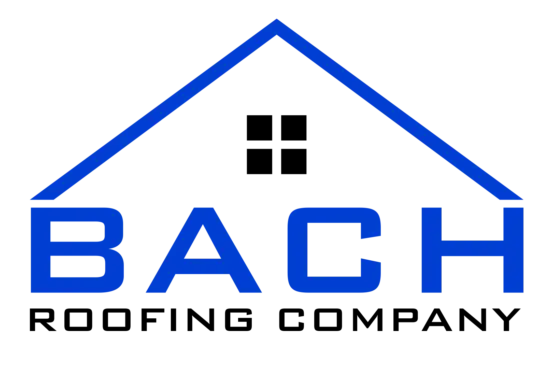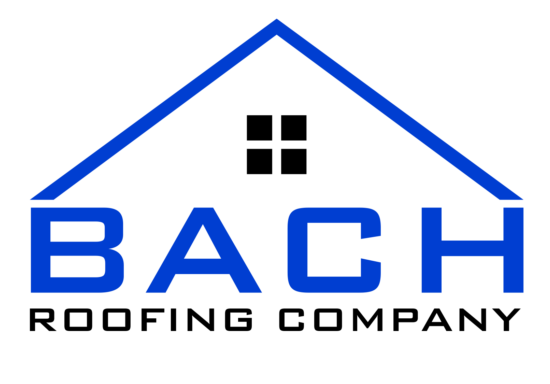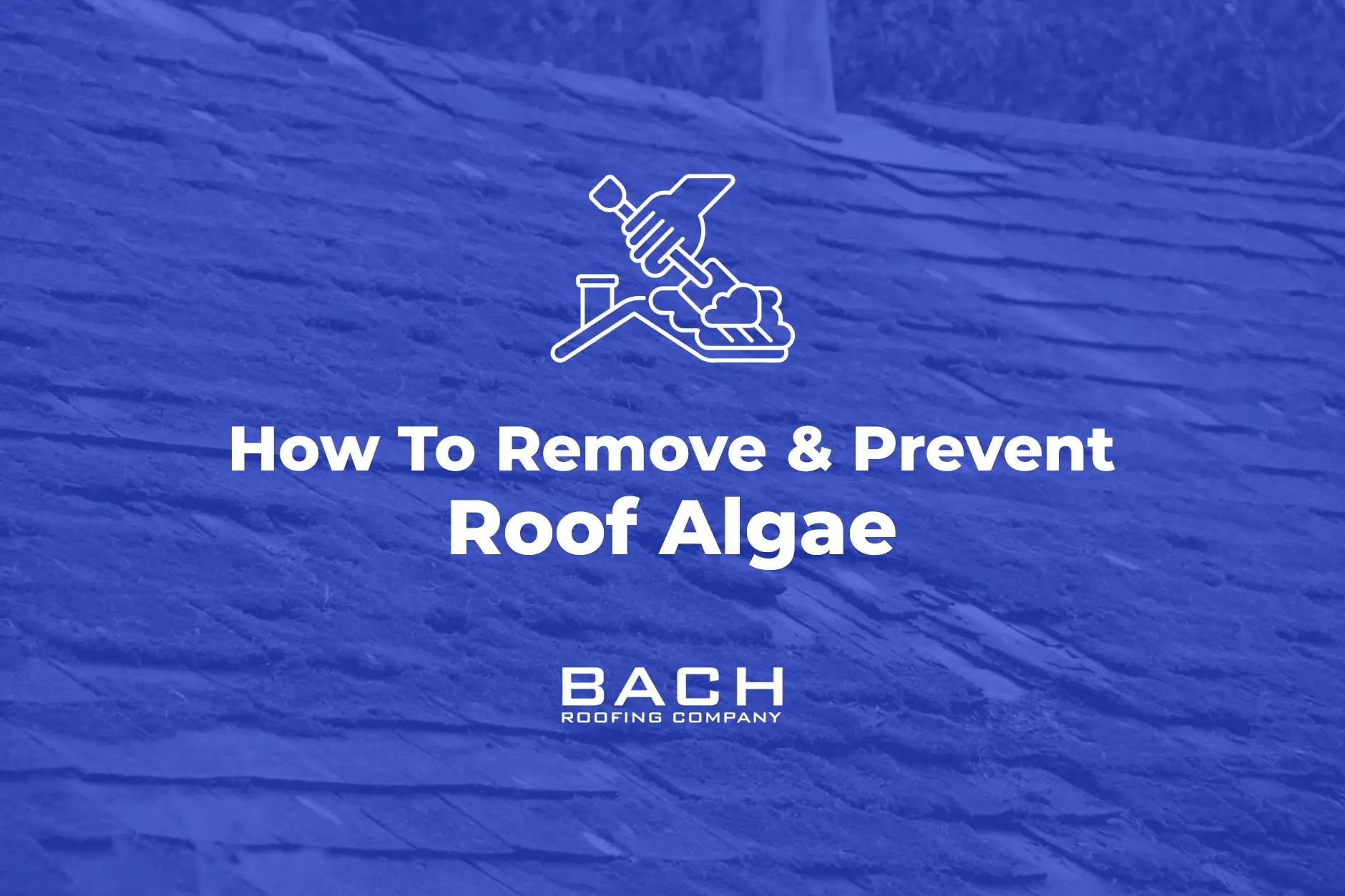Table of Contents
Have you noticed dark streaks or discoloration on your roof lately? What you’re seeing is likely roof algae, which is (unfortunately) a common issue for homeowners across Michigan. These unattractive dark streaks not only affect the appearance of your home; left unchecked, they can also damage and degrade your shingles over time, shortening their lifespan.
Most homeowners don’t realize they have an algae problem until those telltale black streaks become obvious from the street. By that point, the algae has already established itself and begun feeding on the limestone filler in asphalt shingles, but there are still steps you can take. In this blog, we’ll show you how to remove existing algae growth and implement prevention strategies that keep your roof clean and functional for years to come.
What Is Roof Algae and Why Is It a Problem?
The most common type of roof algae is Gloeocapsa Magma, a blue-green algae that appears as black streaks on your roof. This organism thrives in humid, warm environments and feeds on the limestone filler used in asphalt shingles. You’ll often spot these unwanted visitors first on the north-facing or shaded portions of your roof where moisture lingers longer.
Algae spores travel through the air and can spread from roof to roof in the same neighborhood. The resulting algae won’t immediately harm your roof, but over time, it retains moisture and may lead to the growth of other organisms like moss and lichen, which can lift shingles and create opportunities for leaks.
Many homeowners mistake algae for dirt, mold, or regular wear and tear. Unfortunately, this misidentification often delays proper treatment of the issue. You can identify algae by its characteristic black streaks that typically start small and gradually spread across the roof surface. Unlike dirt which might wash away in heavy rain, algae will persist and continue to grow unless treated.
How Algae Damages Your Roof
Beyond the obvious effect on its appearance, roof algae can cause several problems that compromise your roof’s performance and longevity. As algae colonies grow, they hold moisture against your roof surface, which can gradually weaken the shingles and accelerate the aging of your roofing materials.
If you live in a colder climate (like Michigan’s), the moisture trapped by algae can freeze during winter months, causing expansion that damages shingle granules. Over several seasons, this freeze-thaw cycle leads to granule loss, which exposes the asphalt underneath to UV damage. You’ll notice these granules accumulating in your gutters or at the base of downspouts, which means that your shingles are wearing out faster than they should.
As we explained earlier, left untreated, algae growth creates an environment where moss and lichen can take hold. These larger organisms have root-like structures that can lift and separate shingles, creating entry points for water. The resulting leaks may cause interior damage to your home, including ceiling stains, wet insulation, and even structural issues that require major repairs.
Do You Have To Replace Your Roof If It Has Algae On It?
No, you don’t need to replace your roof just because you see algae. In most cases, the dark streaks are a cosmetic issue that can be cleaned with safe methods that we’ll outline below. However, if the algae has been left untreated for many years, it may lead to moisture problems, granule loss, and eventually roof leaks. If that happens, repairs or partial replacement might be needed. Regular cleaning and preventive care help avoid damage and extend the life of your roof.
How Can You Remove Algae From Your Roof?
Roof algae doesn’t go away on its own. Once you spot black streaks forming on your shingles, it’s time to act. Whether you’re considering a do-it-yourself approach or thinking about calling in professionals, the key is to treat the problem without harming your roofing materials. Here are the safest ways to remove algae without compromising the integrity of the structure.
Gentle Chemical Cleaning
The best way to remove algae is to use a properly formulated cleaning solution. For example, you can create a mixture of water, bleach, and trisodium phosphate (TSP) cleaner in a 4:1:1 ratio. This solution kills the algae without causing damage to your shingles or surrounding vegetation.
When applying any cleaning solution to your roof, always work on an overcast day to prevent rapid evaporation. You should also thoroughly wet down any plants and shrubs around your home’s perimeter before and after the cleaning to dilute any solution that might run off. The cleaning mixture needs to sit on the roof for about 15-20 minutes before being gently rinsed away with clean water from a garden hose.
Some homeowners see power washing as a quick and effective solution, but this approach often causes more harm than good. The high pressure can dislodge granules from your shingles and weaken them, so we recommend that you avoid power washing asphalt shingles and instead rely on chemical cleaning methods that kill algae without physical abrasion.
Professional Roof Cleaning
Hiring professional roof cleaners offers several advantages over DIY methods. These services use specialized equipment and cleaning formulations that remove algae thoroughly while minimizing risk to your roofing materials. They also carry insurance that covers any damage during the cleaning.
Professional cleaners follow safety protocols that protect both your roof and the surrounding area. Their experience allows them to identify areas where algae has caused more damage that might require repairs. You receive a service that addresses both the visible algae and any hidden issues it might have caused.
The cost of professional cleaning typically ranges from $250 to $1,000, depending on your roof size, pitch, and the extent of algae growth. While this is an investment, it’s less than the cost of premature roof replacement due to algae damage. Most homeowners find that professional cleaning every two to three years helps extend the life of their roofing materials.
Best Strategies to Prevent Roof Algae on Your Shingles
Once you’ve removed algae from your roof, keeping it from coming back becomes the next challenge. Fortunately, there are proven methods to discourage future growth without adding a lot of extra maintenance to your routine. These strategies help protect your shingles and preserve your roof’s appearance long after the black streaks are gone.
Install Zinc or Copper Strips
Installing zinc or copper strips near the peak of your roof creates a simple algae prevention system. When rain washes over these metal strips, it carries tiny amounts of the metal down your roof. This metal-infused water helps prevent algae growth because zinc and copper have natural antimicrobial properties.
You can install these strips yourself by sliding them under the shingles near the roof ridge, leaving about an inch exposed. The metal strips work passively whenever it rains, providing continuous protection without requiring further effort. Their effectiveness typically extends about 15 feet down from the installation point, so larger roofs may need multiple rows.
These metal strips last for years and represent a one-time installation cost rather than recurring cleaning expenses. You’ll find them at most hardware stores or roofing supply companies for reasonable prices. The investment pays off through reduced cleaning needs and longer shingle life.
Choose Algae-Resistant Shingles
When it’s time to replace your roof, consider choosing algae-resistant shingles that have copper granules embedded in the material. These shingles cost slightly more than standard versions but provide built-in protection against algae growth throughout their life. You won’t need additional prevention measures, and they look identical to regular shingles.
Major manufacturers like GAF, Owens Corning, and CertainTeed offer algae-resistant product lines with warranties against algae growth. These warranties typically last 10-15 years and provide more predictable roofing costs. The copper embedded in these shingles slowly releases, creating an environment where algae can’t take hold.
The cost premium for algae-resistant shingles typically adds about 10-15% to your roofing materials budget. However, this initial investment eliminates the need for regular cleanings and extends the life of your roof. For homes in humid climates or shaded locations, the additional cost makes financial sense over time.
Keep Up with Regular Roof Maintenance
Regular maintenance helps prevent algae problems. Here are some general guidelines:
- Keep your roof clean by removing debris like leaves and branches that trap moisture and create favorable conditions for algae. Simple seasonal cleaning with a leaf blower or soft broom prevents these materials from accumulating and retaining dampness.
- Trim back overhanging tree branches to increase sun exposure on your roof. Sunlight naturally dries the roof surface after rain or morning dew, eliminating the moist environment that algae need to thrive. Allowing more sunlight to reach your roof also helps prevent moss growth, which often accompanies serious algae infestations.
- Keep your gutters clean to improve water flow off your roof. Clogged gutters lead to water backup and increased moisture exposure for your shingles. You should clean gutters at least twice annually, with additional checks after major storms. This task protects both your roof and foundation from water damage.
Create a Long-Term Plan for Roof Protection
A solid roof protection plan combines steps like preventive installations, regular maintenance, and occasional professional assessment. Your plan should also include scheduled gutter cleanings, debris removal, and visual inspections after severe weather.
Taking photos or drone footage of your roof every year can help you detect early signs of algae development, such as discolored streaks and loose granules. Even a quick glance after a storm can reveal broken shingles or debris buildup that needs attention. Keeping a watchful eye doesn’t take much time but can prevent unnecessary expenses.
In most cases, a professional roof inspection is a huge help. Consider having a roofing contractor inspect your property every two or three years, even if you don’t notice obvious issues. These inspections can catch small algae colonies or early signs of damage before they get worse, allowing you to apply spot treatments that can prevent larger repairs down the line.
You should also keep records of all roof maintenance, cleaning, and installation of preventive measures. These records help with warranty claims and can be useful when selling your home. Buyers appreciate documentation showing consistent roof care, and this kind of attention often increases your property value.
Choose Safe and Reliable Cleaning Products
There are several roof cleaning products on the market, but not all of them are safe for asphalt shingles or the environment. As an example, you should select oxygen bleach products rather than chlorine bleach when possible. Oxygen bleach (sodium percarbonate) kills algae while being less harsh on shingle materials and landscaping.
Commercial products like Wet & Forget or Spray & Forget provide longer-lasting protection than homemade solutions. These products contain ingredients that continue working over time, breaking down algae slowly after application. The gradual action prevents immediate runoff, improving results while reducing environmental impact.
Pro Tip: Always read product labels carefully for application instructions and safety precautions. Wear protective gear, including gloves, eye protection, and non-slip footwear, when applying any cleaning solution to your roof. Follow manufacturer recommendations regarding dilution ratios and application methods to get good results without damaging your roofing materials.
Is It Time To Replace Your Roof?
If algae has been left on your roof for too long, then removing the algae may not be enough to save your roof. It’s possible your roof may need to be replaced, and an expert can help you determine if that’s the case. At Bach Roofing, we help homeowners across Michigan’s tri-county area repair and replace their roofs. We can schedule a no-obligation inspection, let you know the results, and provide you with an estimate for repairs or replacement. Contact us today for help restoring your roof, so that it can perform its best for years to come. You can reach us at (586) 244-2086 or submit a quote request online.


